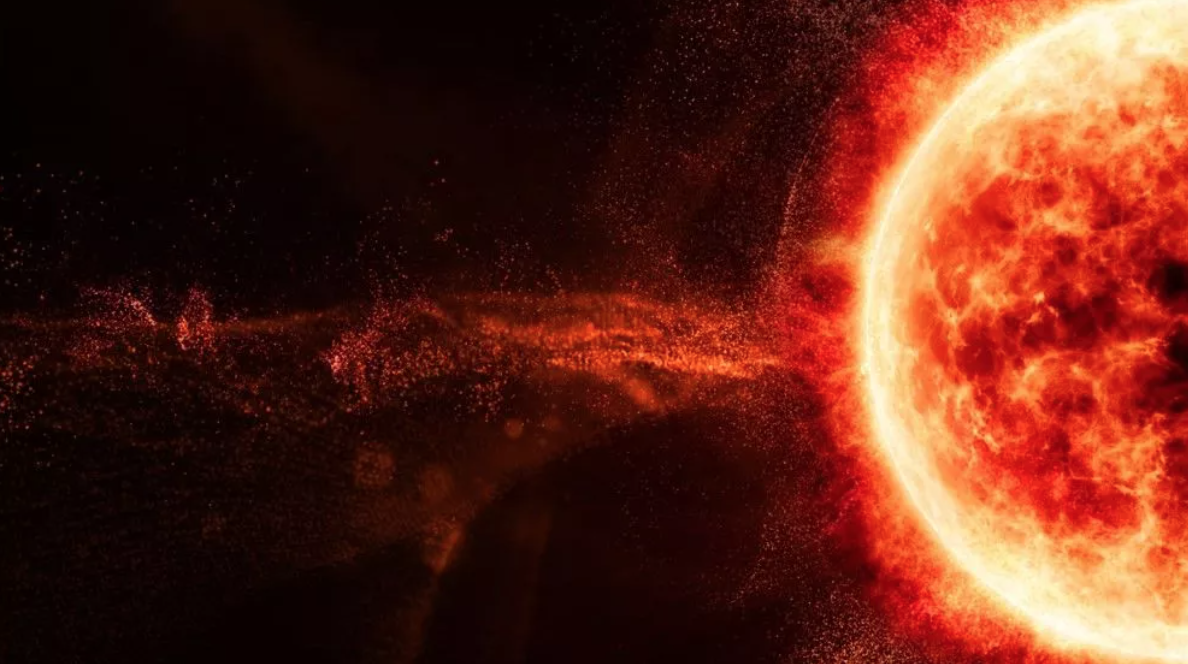
High-speed solar winds from a “hole” in the sun’s atmosphere are set to hit Earth’s magnetic field on Wednesday, August 3, triggering a minor G-1 geomagnetic storm. The prediction was made by forecasters at the National Oceanic and Atmospheric Administration’s Space Weather Prediction Center (SWPC) after observing that “gaseous material is flowing from a southern hole in the sun‘s atmosphere,” according to Spaceweather.com.
Officially known as coronal holes, they are areas in the sun’s upper atmosphere where our star’s electrified gas (or plasma) is cooler and less dense, MSN reports. The holes are also where the sun’s magnetic field lines beam outward into space rather than loop back in on itself. As a result, solar material can surge out in a wave and travel at speeds of upt to 1.8 million mph (2.9 million kph), according to the Exploratorium, a science museum in San Francisco.
Solar storm from hole in the sun will hit Earth on Wednesday (Aug. 3) https://t.co/MzJeiXxiLb pic.twitter.com/rONF17kfsr
— SPACE.com (@SPACEdotcom) August 2, 2022
On planets with strong magnetic fields like Earth, this pulse of solar debris is absorbed, resulting in geomagnetic storms. During these storms, Earth’s magnetic field gets compressed slightly by the waves of highly energetic particles. According to MSN, these particles trickle down magnetic-field lines near the poles and agitate molecules in the atmosphere, releasing energy in the form of light to create colorful auroras, similar to the ones that create the Northern Lights.
The geomagnetic storm produced by the debris will be weak. As a G1 geomagnetic storm, it has the potential to cause minor fluctuations in power grids and impact some satellite functions — including those for mobile devices and GPS systems. It will also bring the aurora as far south as Michigan and Maine.
Luckily for mankind, this will be a minor one; scientists say that extreme storms would likely cause more damage, such as taking down satellites and potentilly even crippling the internet. This storm comes as the sun ramps up into its most active phase of its roughly 11 year-long solar cycle.